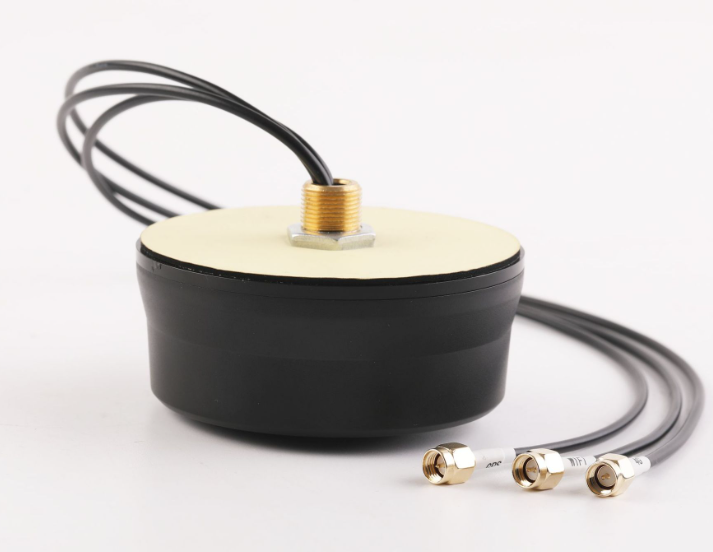Gps antenna detection
With the wide application of Global Positioning system (GPS) technology, as an important component of receiving GPS signals, the performance and quality of GPS antenna have a direct impact on the positioning accuracy. The detection of GPS antenna is a key step to ensure the normal operation and positioning accuracy of the positioning system. This paper will introduce the importance, method, process and matters needing attention of GPS antenna detection.

The importance of GPS Antenna Detection
GPS antenna is an important part of GPS receiving equipment, and its main function is to convert the received GPS signal into electrical signal for receiving equipment to process and analyze. As the performance and quality of GPS antenna directly affect the positioning accuracy, the detection of GPS antenna is of great significance. Through detection, we can ensure the performance and quality of GPS antenna to meet the requirements, so as to improve the positioning accuracy and reliability.
The method of GPS Antenna Detection
1. Appearance inspection: check the appearance of the GPS antenna to see if there is any damage, corrosion or contamination. If there is anything abnormal, it should be dealt with or replaced in time.
2. Performance testing: the performance of the GPS antenna is tested by professional equipment, including receiving sensitivity, antenna gain, polarization mode and so on. During the testing process, the operation should be carried out strictly according to the relevant standards to ensure the accuracy of the test results.
3. Compatibility test: check whether the GPS antenna is compatible with the receiving equipment to ensure that the GPS signal can be received normally in practical application.
4. Environmental adaptability testing: GPS antennas are tested under different environmental conditions to evaluate their ability to adapt to different environments.
Flow of GPS Antenna Detection
1. Preparation stage: collect relevant testing standards, specifications and technical requirements, and prepare testing equipment and tools.
2. Appearance inspection: observe the appearance of the GPS antenna to see if there are any abnormalities.
3. Performance testing: the performance of the GPS antenna is tested by professional equipment, and the test results are recorded.
4. Compatibility test: connect the GPS antenna with the receiving equipment to test its compatibility.
5. Environmental adaptability testing: the GPS antenna is tested under different environmental conditions to evaluate its adaptability.
6. Analysis results: analyze the test results to determine whether the performance and quality of the GPS antenna meet the requirements.
7. Conclusion: according to the analysis results, the conclusion of GPS antenna detection is drawn, and the relevant suggestions are put forward.
Matters needing attention in GPS antenna detection
1. Before testing, the relevant standards, norms and technical requirements should be understood in detail to ensure that the testing process conforms to the regulations.
2. In the process of testing, the operation should be carried out in strict accordance with the operating specifications to avoid damage to equipment and personnel.
3. The test results should be accurately recorded for subsequent analysis and comparison.
4. If there are performance or quality problems in the GPS antenna, it should be dealt with or replaced in time to ensure the positioning accuracy and reliability.
5. In the process of environmental adaptability testing, attention should be paid to the control variables in order to accurately evaluate the adaptability of GPS antennas.
GPS antenna detection is a key step to ensure positioning accuracy. Through appearance inspection, performance testing, compatibility testing and environmental adaptability testing, the performance and quality of GPS antennas can be ensured to meet the requirements. In the testing process, relevant standards, specifications and technical requirements should be strictly observed to ensure the accuracy of test results. If problems are found in GPS antennas, they should be dealt with or replaced in time. To ensure the normal operation and positioning accuracy of the positioning system.





